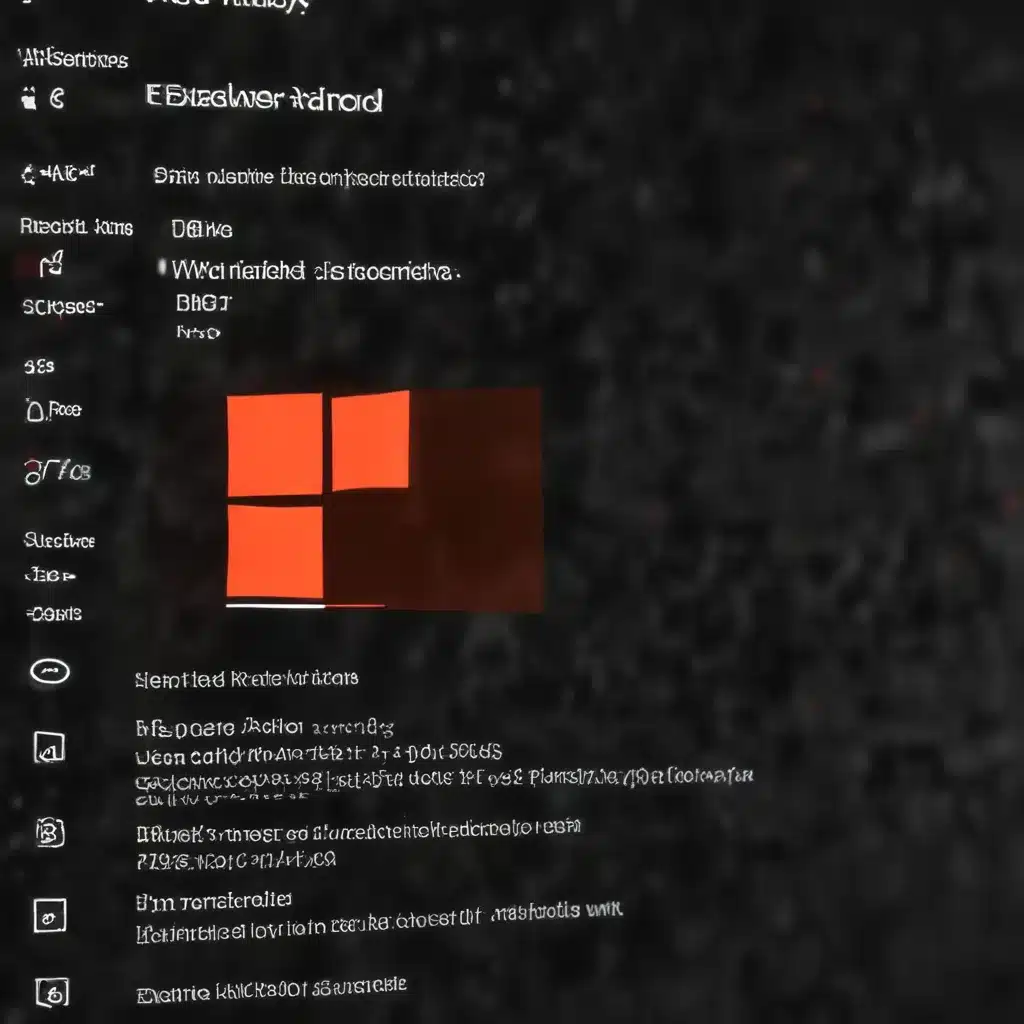
Understanding the xcf Error and Its Causes
Windows error code xcf, also known as the “Incorrect String Value” error, is a common issue that can arise when working with various software applications and file types. This error typically occurs when the system encounters a string value that is not compatible with the expected character encoding. In the context of Windows, this problem often manifests when dealing with international characters, special symbols, or non-ASCII text.
The xcf error is frequently observed when trying to open, edit, or process certain file formats, such as the GIMP XCF (eXperimental Computing Facility) file. The XCF format is a proprietary file type used by the GIMP (GNU Image Manipulation Program) image editing software, and it is designed to store all the layers, paths, and other image data in a single file.
One of the primary reasons for the xcf error is the mismatch between the character encoding of the file and the system’s default encoding. This discrepancy can lead to the incorrect interpretation of the file’s content, resulting in the “Incorrect String Value” error message.
Troubleshooting the xcf Error
To resolve the xcf error, you’ll need to address the underlying character encoding issue. Here are several steps you can take to troubleshoot and fix the problem:
1. Check the File Encoding
The first step is to determine the character encoding of the problematic XCF file. You can use a file viewer or a hex editor to inspect the file’s contents and identify the encoding used. If the file is not encoded in the expected UTF-8 format, you may need to convert it to the correct encoding.
2. Ensure Proper Database Configuration
If the xcf error occurs when trying to store or retrieve data from a database, the issue may be related to the database’s character encoding settings. Ensure that the database, tables, and columns are configured to use the appropriate UTF-8 character set and collation. This can be done by executing SQL commands to update the database and table settings.
sql
ALTER DATABASE my_database CHARACTER SET utf8mb4 COLLATE utf8mb4_unicode_ci;
ALTER TABLE my_table CONVERT TO CHARACTER SET utf8mb4 COLLATE utf8mb4_unicode_ci;
3. Update Software and Libraries
Outdated software or libraries can also contribute to the xcf error. Ensure that you are using the latest versions of the GIMP software, ImageMagick, or any other tools involved in processing the XCF files. Regularly updating these components can help resolve compatibility issues and ensure proper handling of the XCF format.
4. Adjust Application Settings
Some applications may have specific settings or configurations that can affect the handling of XCF files and character encoding. Explore the application’s options, preferences, or configuration files and look for settings related to file encoding, character set, or internationalization. Adjusting these settings to use UTF-8 encoding may help resolve the xcf error.
5. Convert the XCF File to a Different Format
As a last resort, you can try converting the problematic XCF file to a different image format, such as JPEG, PNG, or TIFF. This can help bypass the character encoding issue and allow you to work with the image content without the xcf error. Tools like ImageMagick or online file conversion services can be used for this purpose.
convert input.xcf output.png
By following these troubleshooting steps, you should be able to identify the root cause of the xcf error and implement the appropriate solution to resolve the issue. Remember to always back up your data before attempting any file conversions or database modifications to ensure the safety of your information.
Preventing the xcf Error in the Future
To proactively avoid the xcf error in the future, consider implementing the following best practices:
-
Standardize on UTF-8 Encoding: Ensure that all your software, databases, and file-handling processes are configured to use the UTF-8 character encoding. This will help maintain consistency and prevent encoding-related issues.
-
Validate File Inputs: Whenever you are working with files, especially those from external sources, validate the character encoding to ensure compatibility with your systems. This can be done programmatically or by using file inspection tools.
-
Keep Software and Libraries Up-to-Date: Regularly update your software, libraries, and dependencies to the latest versions. This will help ensure compatibility with the latest file formats and character encoding standards.
-
Implement Robust Error Handling: Develop your applications with comprehensive error handling mechanisms that can gracefully handle and report issues related to character encoding or file processing. This will help provide meaningful feedback to users and facilitate troubleshooting.
-
Educate Users: If your application or IT infrastructure involves handling files or data with international characters, provide clear guidance and instructions to your users on best practices for file management and character encoding. This can help prevent issues before they arise.
By following these preventive measures, you can significantly reduce the likelihood of encountering the xcf error and ensure a seamless user experience when working with XCF files and other file formats that require proper character encoding support.
Conclusion
The xcf error, or the “Incorrect String Value” error, is a common issue that can arise when dealing with file formats like the GIMP XCF. By understanding the root causes, following the troubleshooting steps, and implementing proactive measures, you can effectively resolve this problem and ensure the reliable processing of XCF files and other data with international characters.
Remember, staying up-to-date with the latest software versions, maintaining proper character encoding configurations, and implementing robust error handling mechanisms are crucial for preventing and resolving the xcf error in the long run. With the right approach, you can confidently handle XCF files and provide a seamless user experience within your IT infrastructure.
If you have any further questions or need additional assistance, feel free to visit the IT Fix blog for more informative articles and expert guidance on resolving technical challenges.












